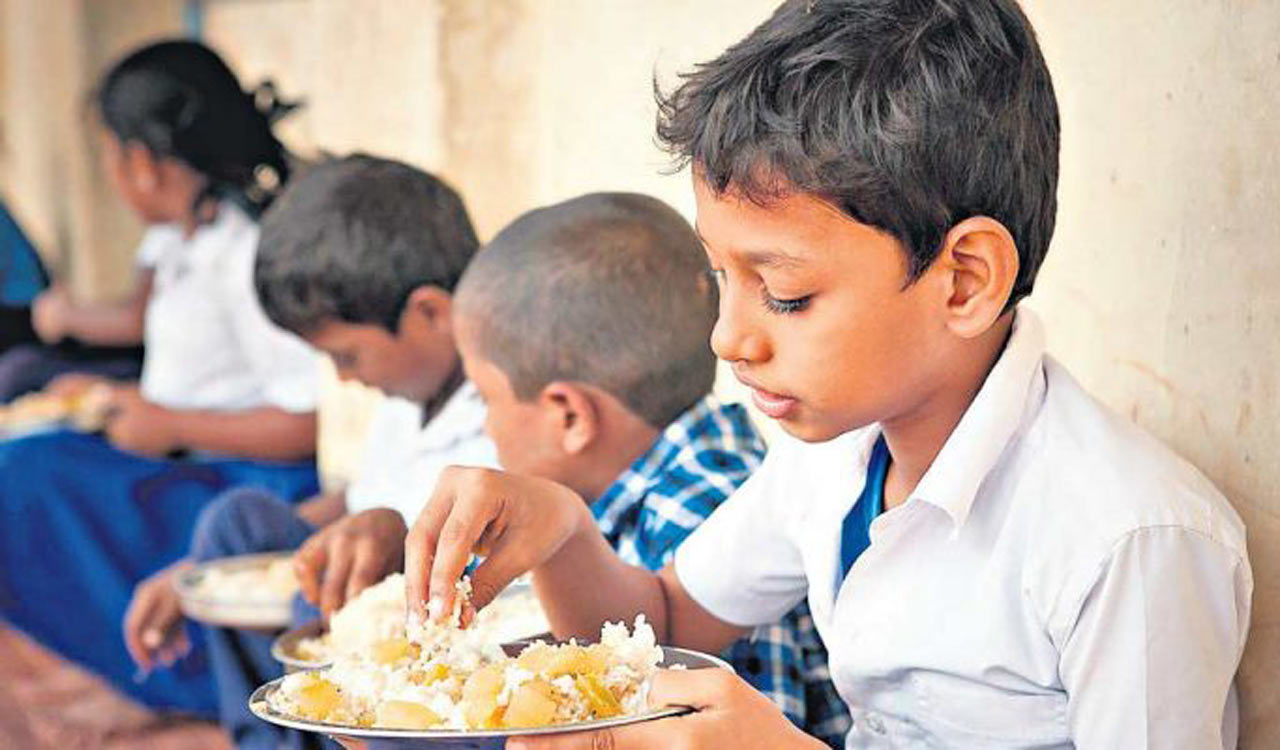Editorial: Republic of Hunger
Government may continue to be in denial mode but one cannot be blind to the stark ground realities

If India’s undernourished population — a staggering 200 million — were to be considered a nation, it would rank as the seventh most populous country in the world. This demonstrates that India is a nation of curious paradoxes; surplus food production but millions go to sleep on empty stomachs; world’s fastest-growing major economy with an estimated GDP of nearly $4 trillion but the per capita income is a paltry $2,485 and a rising number of billionaires but growing unemployment levels. No wonder that year after year India’s standing in the world in terms of various development indices has been on a steady decline. Those in the government may continue to be in denial mode and question the methodologies used by international agencies for global rankings. Still, one cannot be blind to the stark ground realities. The latest Global Hunger Index (GHI) 2024, ranking India at 105 among 127 countries, comes as no surprise, given the widening income inequality and alarming malnutrition levels, particularly among children and young adults. The index, published by the Irish humanitarian organisation ‘Concern Worldwide’ and a German aid agency ‘Welthungerhilfe’, placed India in the “serious” category for hunger levels. With a GHI score of 27.3, India’s performance remains a cause for concern, particularly when compared with its South Asian neighbours such as Bangladesh, Nepal and Sri Lanka, which fall into the “moderate” category. India is listed alongside countries like Pakistan and Afghanistan, which also face severe hunger challenges.
The GHI score is based on under-nourishment and child mortality indicators. GHI is an instrument utilised by international humanitarian agencies to estimate and track hunger levels. As always, the Ministry of Women and Child Development has found fault with the data collection methodology adopted by the GHI. India’s main objection is that three out of the four indicators used for the calculation of the index are related to the health of children and cannot be representative of the entire population. However, instead of finding fault with the findings, the government would do well to take proactive measures to address the problem. They must entail better access to safety nets, assessment of nutritional needs, changes in agricultural produce and food systems to offer holistic, nutritious diets, the strengthening of institutional programmes, such as the Integrated Child Development Services as well as the identification of complementary factors, including maternal health and nutrition. Food inflation in the country has more than doubled in the last two years, touching 7.5% now. While the Economic Survey for 2023-24 blames this on extreme weather events and damaged crops, it must be pointed out that the country has in fact recorded one of the highest levels of food production — 332 million tonnes in 2023-24. India cannot expect to be counted among the developed nations as long as the overflowing granaries and empty stomachs exist side by side.
Related News
-
Save future of Telangana NEET PG aspirants, IMA writes to CM Revanth Reddy
40 mins ago -
Telangana techie loses Rs 4.15 lakh to online gold trading fraud
1 hour ago -
Hyderabad: Couple working as house help at doctor’s residence held for theft
1 hour ago -
Hyderabad auto driver foils attempt to kidnap young woman, five held
2 hours ago -
Haiti gang attack on journalists covering hospital reopening leaves 2 dead, several wounded
3 hours ago -
21 dead as Mozambique erupts in violence after election court ruling
4 hours ago -
Cartoon Today on December 25, 2024
11 hours ago -
Sandhya Theatre stampede case: Allu Arjun questioned for 3 hours by Chikkadpallly police
12 hours ago




